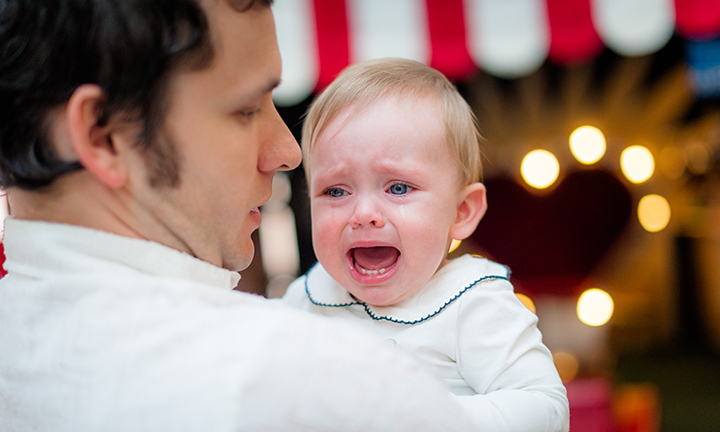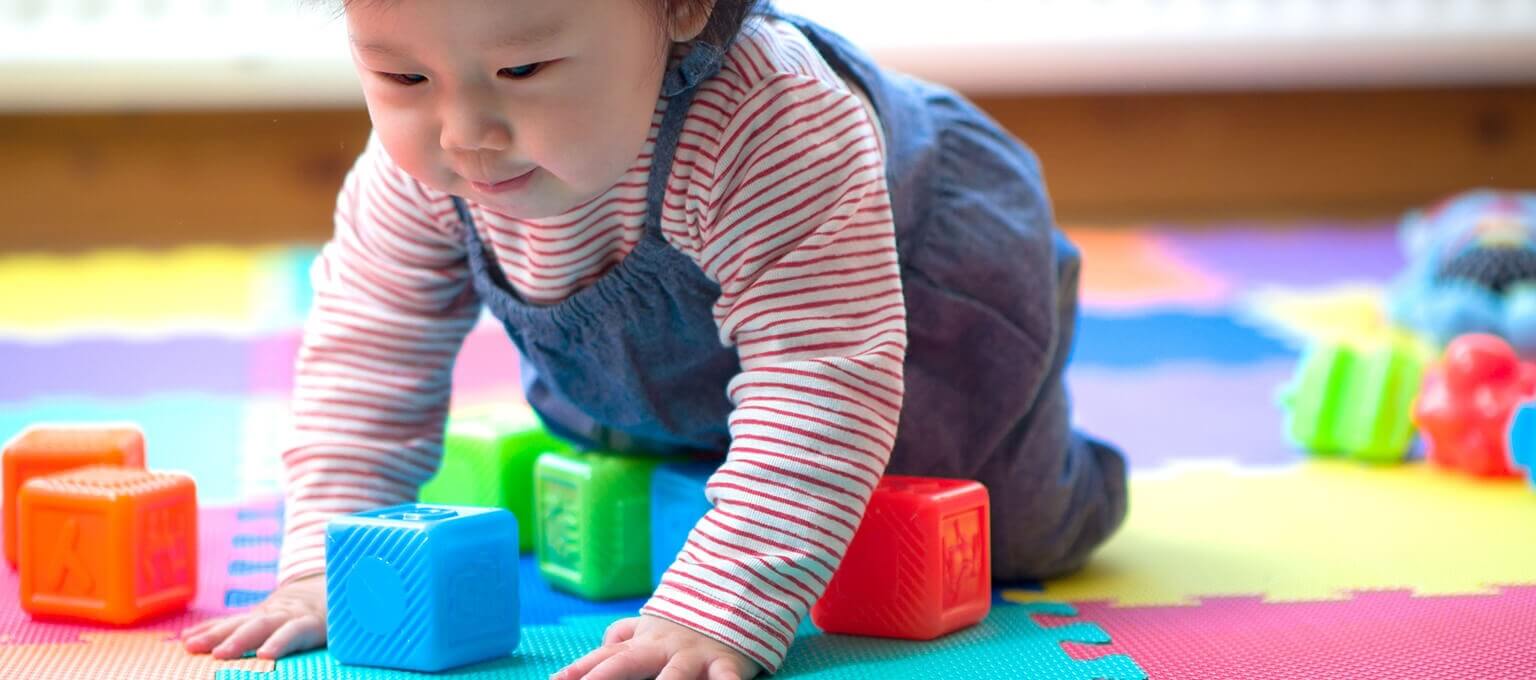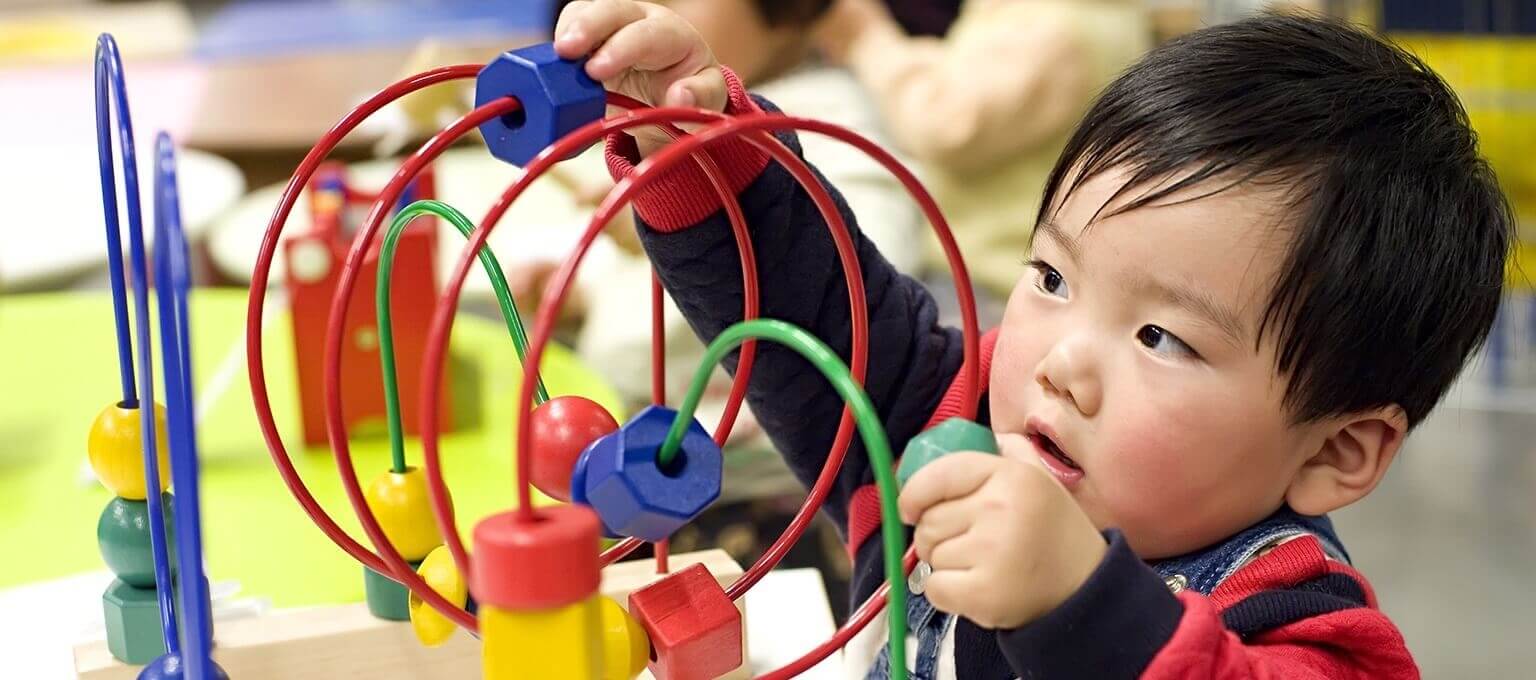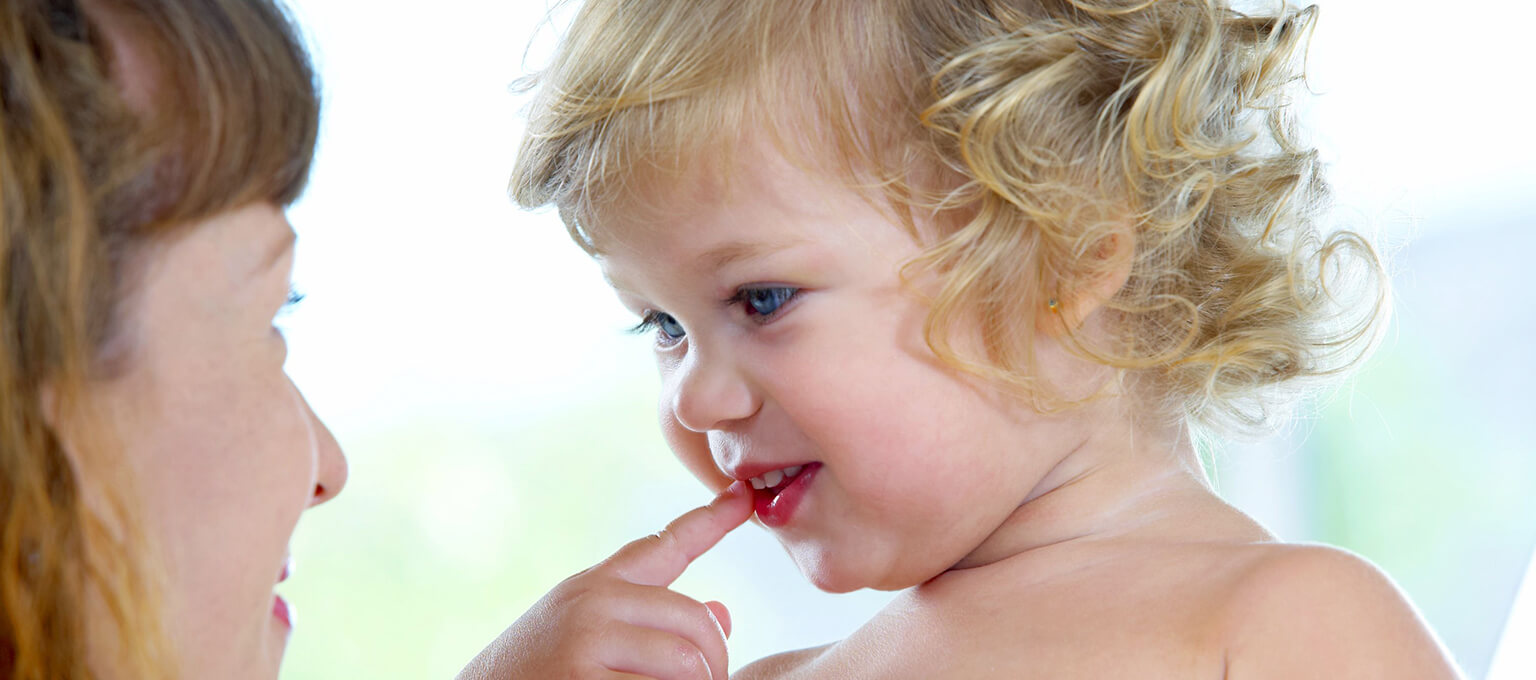
All About Separation Anxiety in Babies, Toddlers, and Older Kids
There might come a time when your baby starts to behave a little differently. They might be a bit clingier, become fearful of people, or cry when they’re left alone. You may be wondering, “Why does my baby cry when I leave the room?” This is known as separation anxiety, and is a normal part of your infant’s development.
Read on to find out the definition of separation anxiety, the signs and symptoms, what causes separation anxiety in infancy, when it typically starts, and what measures you can take to help reassure your baby, toddler, or older child as they go through this developmental stage or period in their life.
What Is Separation Anxiety?
Separation anxiety is a phase that almost all children go through, and it’s a completely normal part of the emotional development of your infant or toddler. Separation anxiety is when your little one starts to realize there’s only one you—causing them to become upset or anxious when you leave them. During these early stages, they don’t have a clear sense of time, so when you leave, they have no idea if or when you’ll be back, causing them to get upset. But be patient during these periods as your little one will likely grow out of separation anxiety when they’re about 2 or 3 years old.
What Are the Signs and Symptoms of Separation Anxiety?
During the separation anxiety phase, there are some signs and symptoms that you can look out for in your little one:
What Causes Separation Anxiety in Children and Babies?
Separation anxiety is a common and natural part of childhood development, especially evident during early childhood. It’s essentially a fear or anxiety that children experience when separated from their primary caregivers, which can be a part of their normal development process. This normal developmental stage is characterized by your little one’s increasing cognitive abilities and object permanence, knowing you still exist even when you’re not there, leading to distress when separated.
When Does Separation Anxiety Start?
For many babies, separation anxiety starts at around 8 months of age, but you may start seeing indications of separation anxiety in your baby as early as 4 months. That’s because between 4 and 7 months babies begin to realize that people and objects exist even when they can’t see them. This is called object permanence.
For example, if you leave the room your baby will know that you’ve gone away. Even though they know you still exist, they may become upset because they can’t see you. Without any understanding of time (which doesn't develop until they’re older), they won’t know when you’ll return or even if you will return and may cry or become fussy.
How Long Does Separation Anxiety Last?
So, if separation anxiety generally starts around 8 months of age, when does it end? All children develop on their own timelines, but the separation anxiety phase typically peaks when a baby is between 10 months and 18 months old. It usually goes away during the last half of your baby’s second year.
The length of the separation anxiety period may be affected by how you respond to certain situations. For example, if your response during a crying spell is to run and comfort your baby immediately, they may learn that a crying fit will prevent you from leaving in the future.
It’s natural for you to want to comfort your little one when they’re upset. Just be aware that how you react can influence how they respond in a similar situation later on.
As your baby becomes a toddler, they may still show signs of separation anxiety. For a 1-year-old, brief periods of separation can help develop their independence. In other words, you can help your toddler learn to await your return and help eliminate tantrums.
In some rare circumstances, separation anxiety can last through the elementary school years. Check in with your child’s healthcare provider if you’re concerned about your child’s anxiety and read the sections below to discover more about separation anxiety in toddlers and older children.
How to Deal With Separation Anxiety in Babies
These are some steps you can take to cope with your baby’s separation anxiety:
Separation Anxiety in Babies at Night
If your baby cries when you put them down for bed, feels anxious when you leave the room, or wakes and is upset to find you’re not there during the night, these could be signs of separation anxiety at night.
This can be a trying and exhausting situation for both you and your baby, but rest assured that this period will pass. Try to stay calm and develop a consistent pattern of behavior during this phase. In time, your baby will learn that you’ll still be there in the morning.
Tactics and Tips to Help You Avoid Separation Anxiety at Night
Here are a few strategies you can try to lessen separation anxiety at night:
Separation Anxiety in Toddlers and Older Children
Separation anxiety is a phase that many toddlers and older children go through, marking a distinct progression from the separation anxiety observed in babies. This development phase is a normal part of childhood and signifies the deepening of a child’s understanding of their relationships and environment. However, it can manifest differently as children grow older, presenting unique challenges for parents and caregivers.
For toddlers and older children, separation anxiety often surfaces during times of transition or stress, such as starting school or dealing with changes in the family dynamic. Unlike babies, who primarily react to the immediate absence of a caregiver, older children can anticipate separations and may worry about the possibility of something happening to their parents while they are apart. This anxiety can lead to reluctance or refusal to go to school, sleepovers, or other activities where they are separated from their familiar environment.
As your little one gets older, they are more likely to realize the effect their crying has on you. But rest assured, most children are easily distracted by the people and things around them in the new environment and will soon calm down after you leave.
How to Help With Separation Anxiety in Children
To help your toddler or older child manage separation anxiety, you can use some of the same strategies given in our section above on “how to deal with separation anxiety in babies.” And now that they’re a little older, you can communicate with them better. Keeping your promises, practicing goodbyes at home, and creating a short and sweet goodbye ritual are all great ways to help your little one. So, whether your little one is 3-years-old or 5-years-old, here are some other ideas to help them with separation anxiety:
Remember, each child is unique, and what works for one may not work for another. It’s important to be patient and attentive to your child’s needs as you help them navigate their feelings of separation anxiety.
Separation Anxiety Disorder
When separation anxiety persists or interferes with your child’s daily activities, it may be a sign of separation anxiety disorder, a condition that requires professional evaluation, treatment, and support. Separation anxiety disorder can start as early as preschool age (and can even occur in teenagers and adults) and is characterized by excessive fear or anxiety about separation from those to whom the child is attached. If your child’s separation anxiety goes on for a long period or it seems intense to the extent that it disrupts normal activities, they may have a separation anxiety disorder.
This disorder can often be caused by big life changes or stresses that may have resulted in a child losing a loved one or being separated for a long period of time. A family history of anxiety disorders may also be a risk factor.
If you suspect your child has separation anxiety disorder, contact your healthcare provider for an evaluation.
Separation Anxiety for Parents
Understanding your child’s separation anxiety involves introspection about your own feelings as well. If you notice your child happily running off to their classroom without a backward glance, it might stir feelings or questions in you about their eagerness to say goodbye. Remember, children are incredibly observant and can pick up on your emotions quite easily. They might sense your reluctance to part and mirror that sentiment. It’s important to remember that even if you’re feeling sad, these moments of separation can help your little one develop their independence, confidence, and maturity, which will be beneficial for strong and healthy relationships in the future.
It’s beneficial to share your feelings about these moments with a partner, friends, or other parents. The emotional burden becomes lighter when shared, and it can make it easier for your child to adapt to separations.
Creating a goodbye ritual can significantly ease the parting process. This could be something straightforward like exchanging waves or blowing kisses to each other. Additionally, planning enjoyable activities for your reunion can give both you and your child something to look forward to. Whether it's a trip to the library or a play session at home, these plans can make the goodbye less daunting and the return something eagerly anticipated.
When to Contact Your Healthcare Provider
When considering whether to contact your healthcare provider about your baby, toddler, or child’s separation anxiety, look for the following:
In any of these cases, it’s advisable to consult your healthcare provider for an evaluation and guidance. They can help determine if the separation anxiety is within normal developmental boundaries or if further assessment and intervention might be needed. Always trust your instincts as a parent or caregiver; if you’re concerned, it’s worth seeking professional advice.
FAQS AT A GLANCE
To help calm down separation anxiety, it's essential to establish a predictable goodbye routine, practice short separations, and gradually increase the time apart. Providing a comforting object can also help, as can keeping farewells brief and upbeat. After returning, give your child full attention to reinforce the positive outcome of your return.
The Bottom Line
Separation anxiety is a natural part of your baby’s development as they move toward toddlerhood and become more independent. Separation anxiety can start in babies as early as 4 months old, but commonly starts around 8 months, and generally peaks when babies are about 10 to 18 months old. However, your toddler or older child may also experience periods of separation anxiety, especially if they’re experiencing big changes in their life. Consider trying some of the tips in this article to help your little one get through separation anxiety, and speak to your healthcare provider for more advice. Keep in mind that in time this difficult phase will pass.
If you're looking to earn Pampers Cash for all your diaper purchases, download the Pampers Rewards app today.
- American Academy of Pediatrics, Caring for Your Baby and Young Child: Birth to Age 5, 7th ed. (New York: Bantam Books, 2019).
- Healthy Children. “How to Ease Your Child’s Separation Anxiety."
- Kids Health. “Separation Anxiety.”
- Kids Health. “Anxiety Disorders.”
- Mayo Clinic. “Separation Anxiety.”
Read more about Baby
Related Articles
Join a World of Support
through Pregnancy and Parenthood.
TRACK WITH TOOLS
LEARN WITH EXPERTS
GET REWARDED














